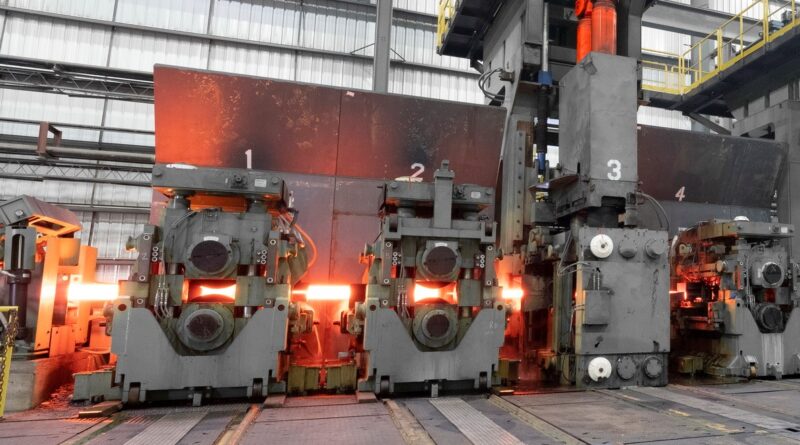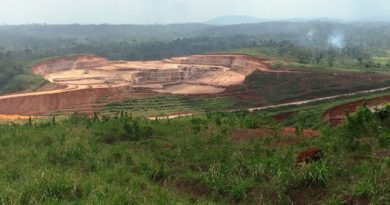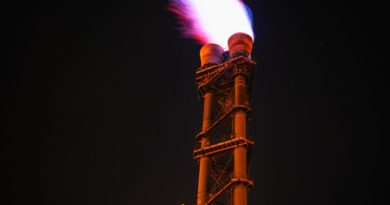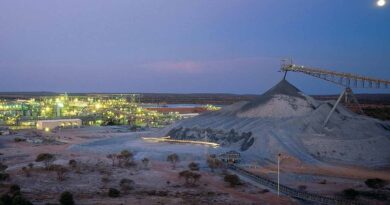MENA to lead the world in solar green steel production.
The Institute for Energy Economics and Financial Analysis (IEEFA) has unveiled a report proposing that the Middle East and North Africa (MENA) could emerge as a global powerhouse in the realm of green steel. Positioned favorably with ample solar resources, the region has the potential to lead the burgeoning green iron trade. The key lies in prioritizing the domestic use of green hydrogen for direct reduced iron (DRI) steelmaking, steering away from the challenges of exporting green hydrogen.
As the COP28 climate conference approaches, discussions around carbon capture and storage (CCUS) are expected to gain traction. However, the report underscores that CCUS and its byproduct, ‘blue hydrogen,’ might not be viable alternatives to green hydrogen due to their poor track records and rising costs. The global shift toward green steel production is imminent, and MENA’s geographical advantage places it at the forefront of supplying key markets like India and meeting the growing demand for green steel in Europe.
According to Simon Nicholas, IEEFA’s lead steel analyst, MENA’s existing reliance on DRI technology positions it uniquely in the global steel sector. The region’s steel sector, already low in carbon intensity, can gain a competitive edge by swiftly transitioning to green hydrogen, ensuring its relevance in the evolving definition of ‘green steel.’ The report urges MENA to act decisively, especially in the face of increasing competition from major iron ore producers like Australia, Brazil, and Canada.
Soroush Basirat, IEEFA’s steel analyst, predicts a dislocation in iron production from steel production as the world moves towards decarbonization. MENA, with its access to high-grade iron ore, is poised to be a frontrunner in the emerging green iron trade. The report emphasizes MENA’s role in supplying Europe with green iron, crucial for the continent’s efforts to decarbonize its steel sector, given Europe’s meaningful carbon pricing initiatives.
The automotive sector, a significant driver of green steel demand, is also spotlighted. Saudi Arabia’s aspirations to become a major car manufacturer position it as a key consumer of green steel from the region. Additionally, MENA’s strategic positioning makes it an ideal supplier to India, a pivotal player in the global steel demand growth market.
Despite MENA’s ongoing expansion of DRI-based plants, the report encourages a reevaluation of the focus on green hydrogen exports. Shifting towards more domestic use aligns with the region’s emissions reduction targets and better prepares its steelmakers for the evolving global iron and steel sector.




